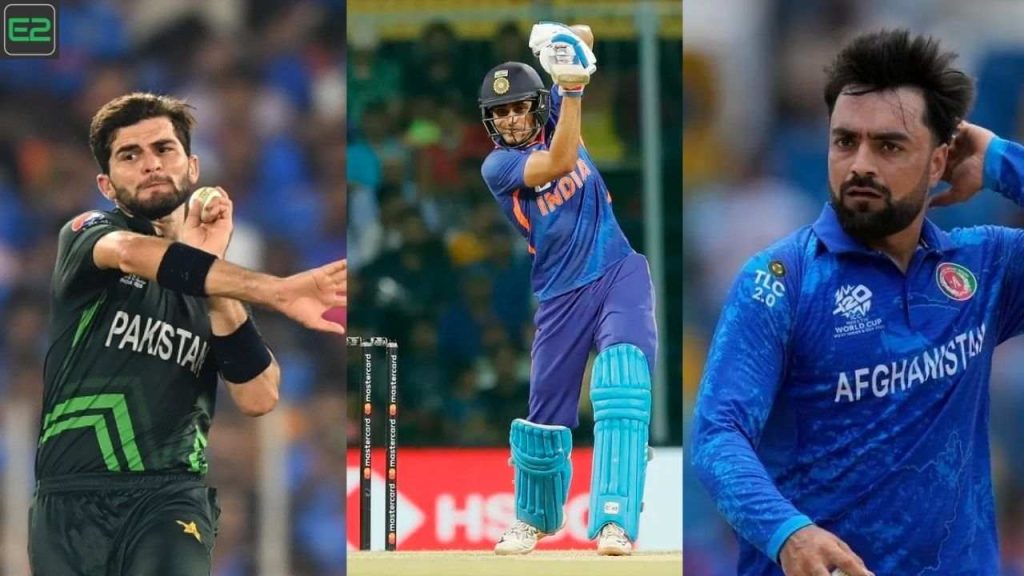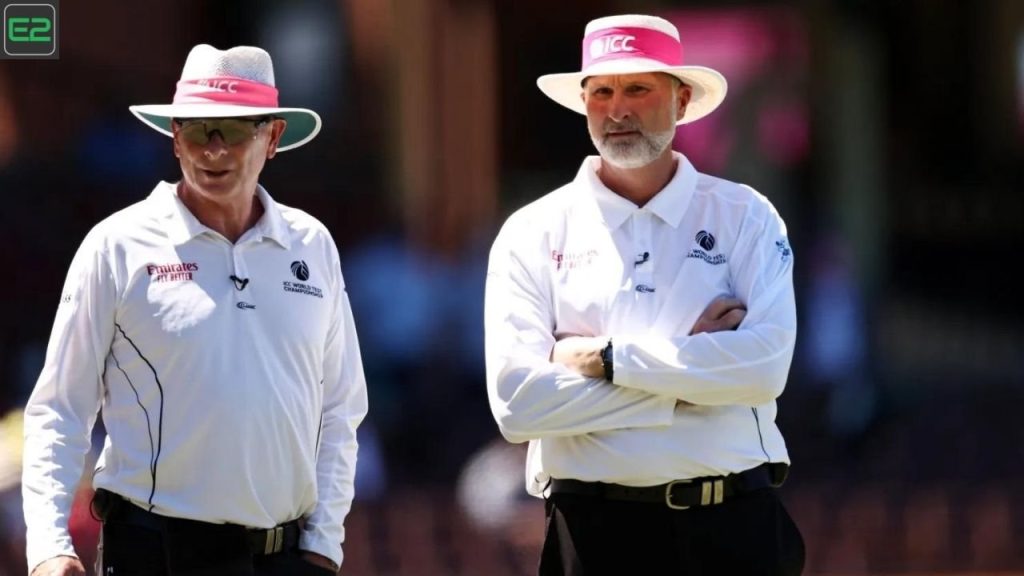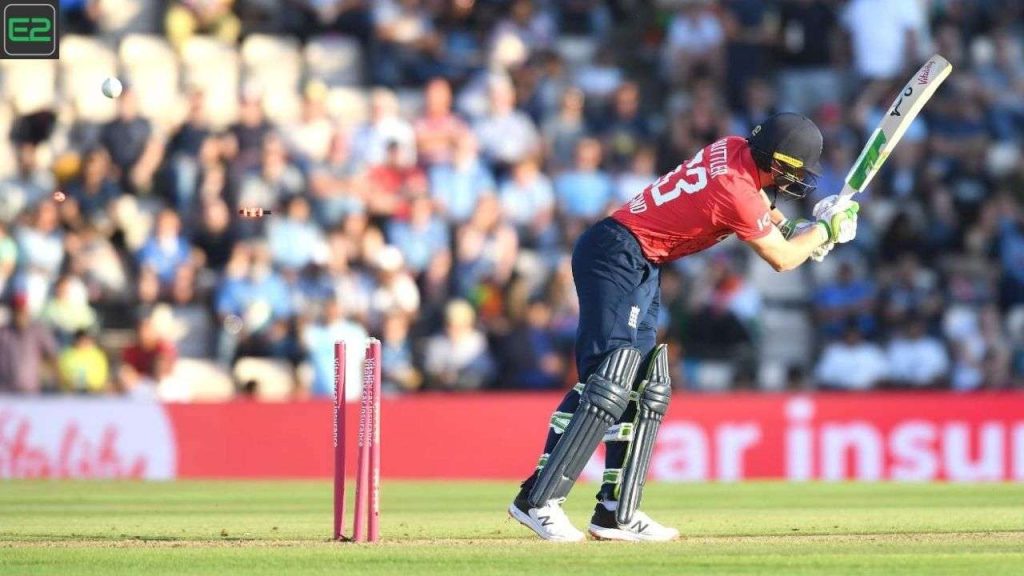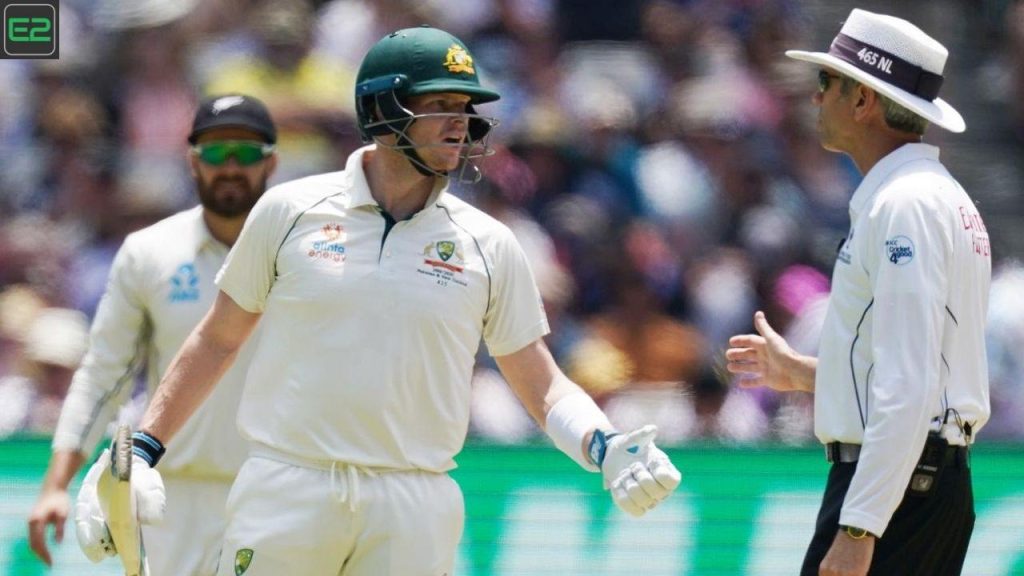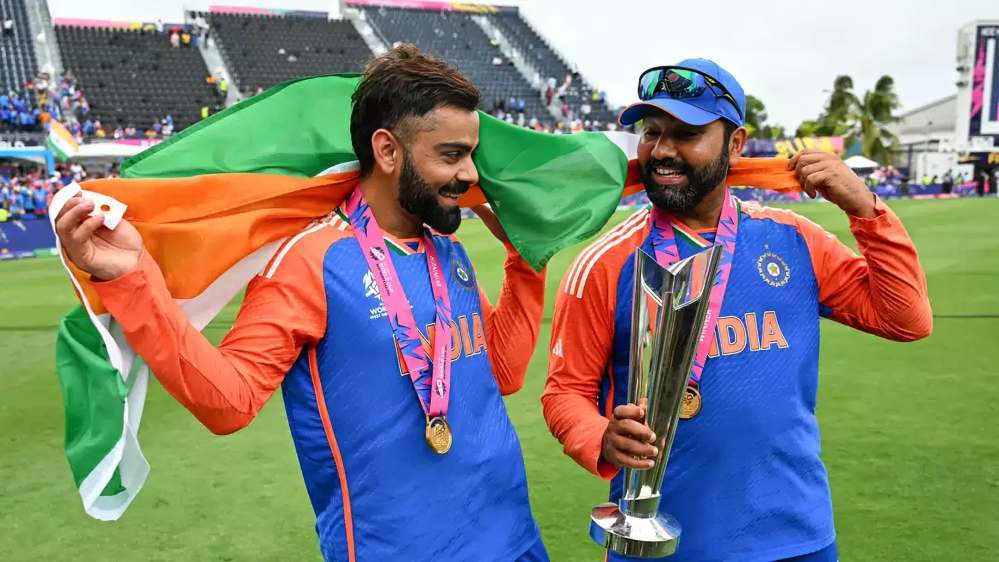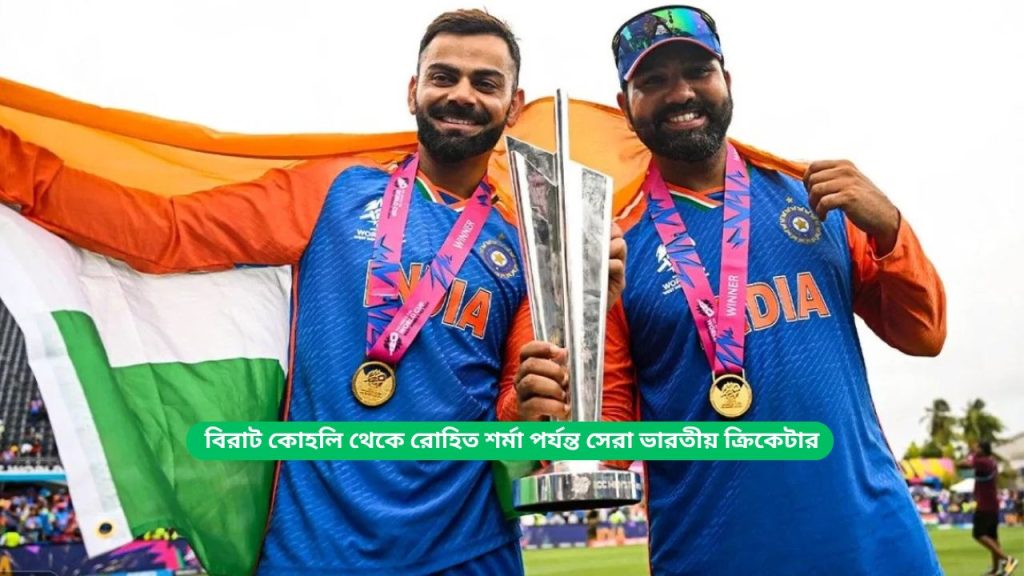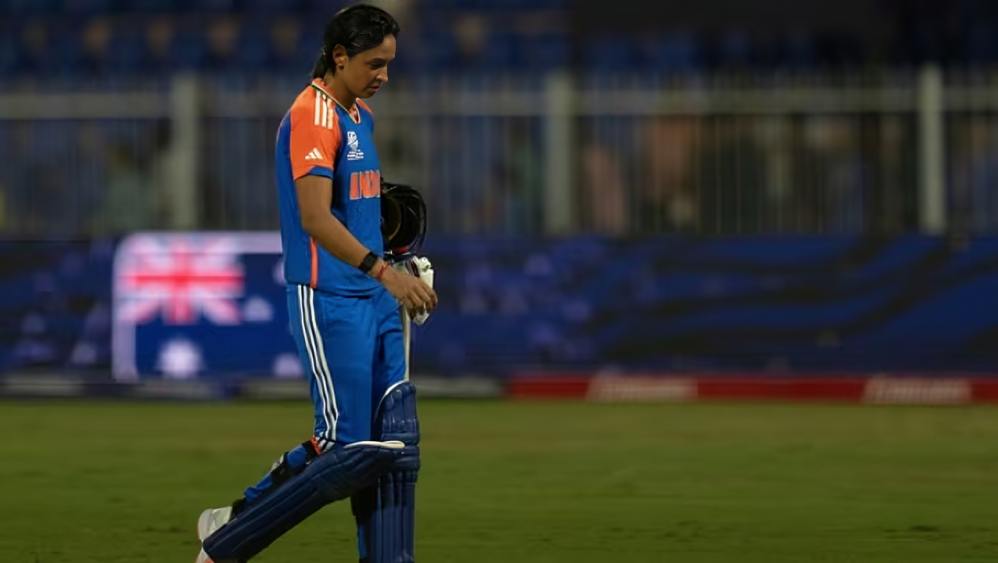Why Are South African Cricketers Predominantly White?: The question of why South African cricketers are predominantly white is multifaceted, rooted in the country’s complex history of racial segregation, unequal access to resources, and the socio-political dynamics of apartheid. Cricket, as a sport in South Africa, has been shaped by historical, economic, and cultural factors that have led to a lack of racial diversity in the national team for many years. However, the landscape has been changing over recent decades, and understanding the reasons behind the dominance of white players historically offers insight into the broader issues of race, sport, and transformation in South Africa.
Why Are South African Cricketers Predominantly White?

1. The Legacy of Apartheid
The most significant factor in the racial composition of South African cricket players is the legacy of apartheid, which officially lasted from 1948 to 1994. During this period, the South African government implemented policies that segregated all aspects of society, including sport. Non-white South Africans were systematically excluded from playing in major cricket competitions, including the national team.
Under apartheid, sport was deeply divided along racial lines. White players were given access to the best facilities, coaching, and opportunities, while Black, Indian, and Coloured players were confined to playing in segregated leagues with limited resources. This systemic inequality meant that white South Africans had a considerable head start in developing talent for sports like cricket, rugby, and tennis, while non-white athletes were denied the same opportunities.
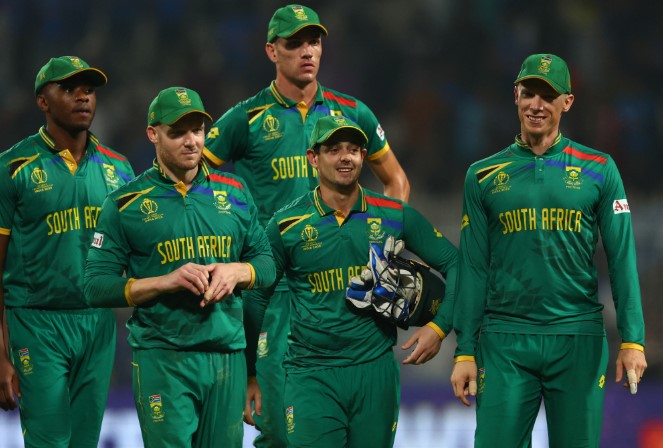
The exclusion of non-white players from professional cricket not only restricted their participation in the sport but also hindered the development of a diverse pool of talent. Consequently, when the apartheid regime ended in 1994, the national team was overwhelmingly white, as they had been the only group given the chance to compete at the highest levels.
2. The Role of Cricket as a “White” Sport
Historically, cricket in South Africa was seen as a “white” sport, much like in other countries such as England and Australia. Cricket’s popularity in South Africa was predominantly within the white community, especially in English-speaking and Afrikaner circles. The sport was entrenched in the schools and universities that catered mostly to white South Africans, and the infrastructure to support cricket—coaching, facilities, and financial investment—was focused on white communities.
For many non-white South Africans, cricket was a distant or even unattainable sport due to the systemic barriers to entry. Other sports, such as soccer or rugby, became more accessible and popular among Black South Africans. As a result, cricket failed to take root in the same way in many non-white communities, where economic, social, and political conditions made it harder for individuals to access the game.
3. Post-Apartheid Transformation and Cricket
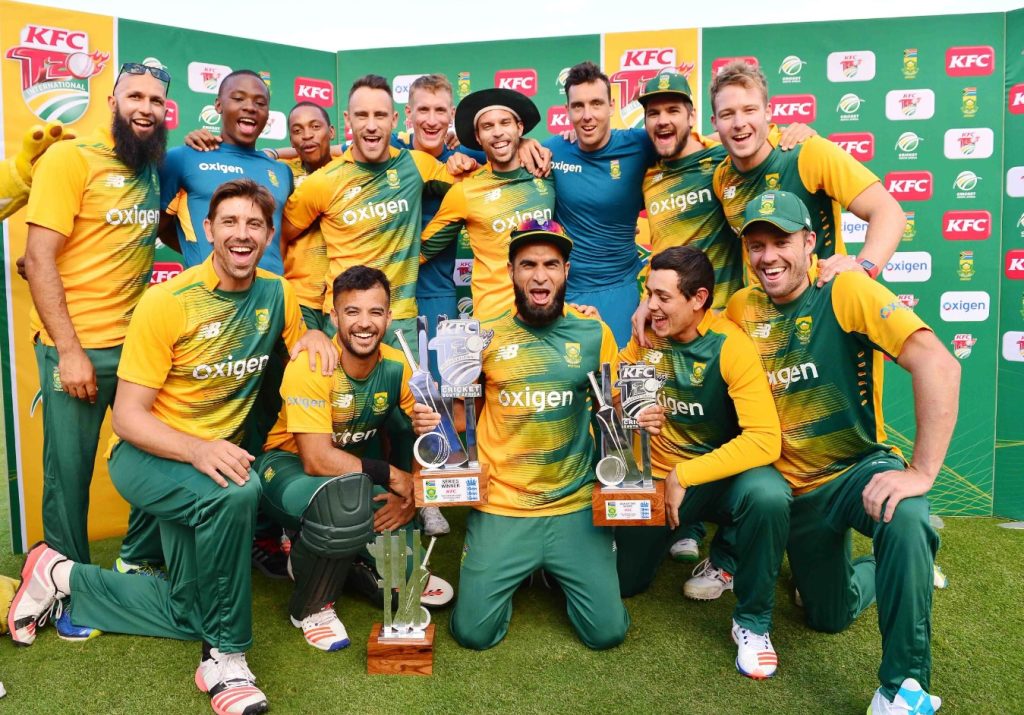
After the end of apartheid, South Africa’s cricket federation was tasked with transforming the sport to be more inclusive and representative of the country’s demographic diversity. The new government led by Nelson Mandela sought to break down the racial barriers that had segregated sport for so long. In 1991, South Africa was readmitted to international cricket, and the team became a symbol of the country’s post-apartheid transformation.
The transformation of cricket in South Africa, however, has been a slow and difficult process. Efforts were made to introduce quotas and policies aimed at increasing the representation of Black and Coloured players in the national team. The South African Cricket Board (now Cricket South Africa) introduced programs such as the development of grass-roots cricket in townships and rural areas, which provided greater opportunities for young Black players.
Despite these efforts, the representation of non-white players in the national team has been a challenge. The reasons for this are multifaceted. While Black South Africans have had more opportunities to play cricket since the end of apartheid, cricket as a sport still requires significant financial investment, often making it less accessible to disadvantaged communities. Sports like soccer or basketball are more popular in poorer areas because they require less infrastructure and financial backing. This disparity means that even though more Black South Africans are playing cricket, it remains a sport largely dominated by middle-class white players.
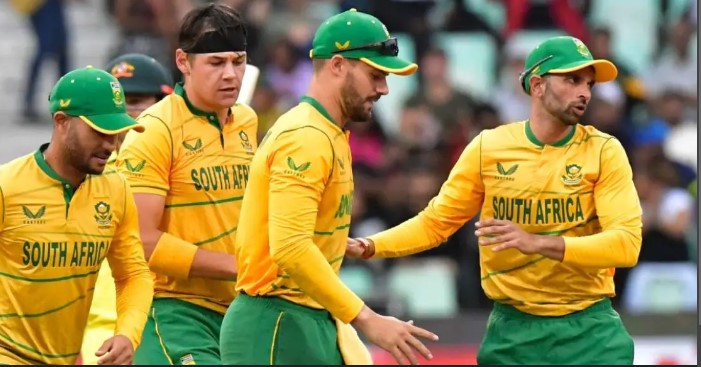
4. Current Trends and Changes
In recent years, there has been a noticeable shift in the racial composition of South African cricket. The national team has seen a rise in players of African and Coloured descent, with notable figures such as Kagiso Rabada, Lungi Ngidi, and Aiden Markram. These players are part of a broader effort to make cricket in South Africa more representative of the population as a whole.
Kagiso Rabada, for example, is one of the brightest young fast bowlers in world cricket, and his rise to prominence has inspired many young Black South Africans to pursue the sport. Similarly, Lungi Ngidi, a fast bowler with an impressive international record, has become a symbol of the changing face of South African cricket.
Despite these successes, there are still challenges to be addressed, including the need for sustained development programs in historically marginalized communities, better access to facilities, and continued emphasis on creating a more inclusive culture in the sport. Transformation efforts continue to be a contentious issue, with debates around quotas and the balance between merit and representation often dominating discussions.
5. The Future of South African Cricket

Looking ahead, the future of South African cricket will depend on how the country addresses the complex issues of race, access to resources, and cultural change. While the dominance of white cricketers in the past was largely a result of apartheid-era policies, the national team today reflects a more diverse mix of talent, though it still has room for growth.
The key to further progress lies in creating a cricketing environment where talent from all races has equal access to opportunities. Initiatives aimed at developing grassroots cricket in townships, improving facilities, and providing mentorship programs for young Black players are essential. Furthermore, changing the cultural perceptions of cricket as a “white” sport will take time, but with increasing diversity in the team and media representation of Black cricketers, the sport can become more inclusive.
As South Africa continues to evolve, so too will its national cricket team. With the rise of new Black talent, the day when South African cricket reflects the nation’s full diversity may no longer be far off.
The historical dominance of white South African cricketers is a product of the country’s apartheid legacy, where race and sport were inextricably linked. However, the transformation of South African cricket since the end of apartheid has paved the way for more diverse representation in the sport. Though challenges remain, the growing prominence of Black, Coloured, and Indian players in the national team signals a brighter, more inclusive future for South African cricket.
You will have fun playing exciting games on here: E2Bet
Here Are Some Helpful Tips:



